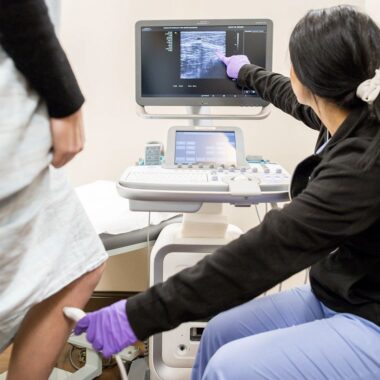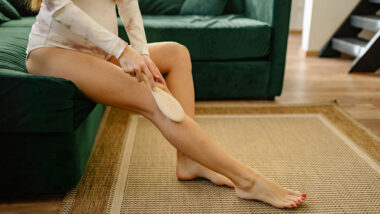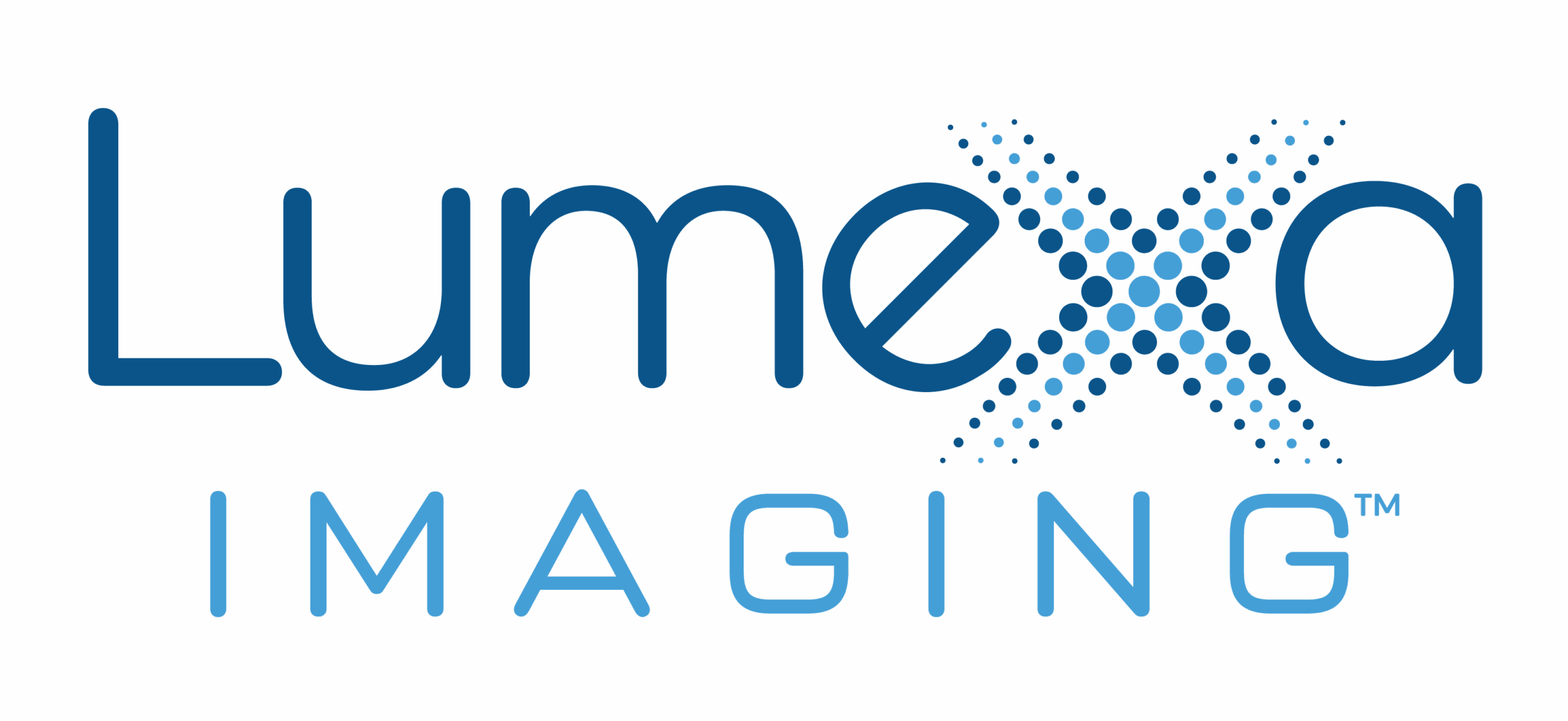The winter months are the perfect time to start preparing to look and feel your best for summertime. If varicose veins or spider veins in your legs have you covering up during the hot and humid days of summer, vein treatment can help you get beach-ready for the season. The best part? Treatment is minimally invasive with no surgery required.
Is It Time to Talk About Vein Treatment?
A variety of factors can lead to visible veins in your legs, including aging, blood clots, family history, prolonged sitting or standing, pregnancy, and menopause. Bulging, rope-like varicose veins and red, spindly spider veins may be cosmetic concerns, but they can do more than damage your self-confidence. They can also signal underlying venous disease which can affect your vein health and overall quality of life.
Varicose veins and spider veins can make your legs feel heavy, like something is weighing them down. They may also feel tired or achy. These symptoms can make it difficult to exercise or enjoy your favorite activities. Varicose veins can also cause:
- Cramps in your thigh or calf
- Itchiness around the veins
- Restless legs
- Swelling in the feet or ankles
Vein Treatment Times Two
Think surgery, such as an ambulatory phlebectomy, or vein removal, is your only option for treating unsightly, uncomfortable veins? That’s a common vein disease myth. With a minimally invasive, outpatient procedure, you can avoid major scarring and a hospital visit, get back to normal activities quickly and improve satisfaction with your legs’ appearance.
One nonsurgical treatment option is endovenous laser therapy, or EVLT. This short treatment uses a laser to seal varicose veins and reroute blood flow while avoiding healthy tissue. EVLT is successful for almost all patients — it’s 98% effective and can significantly reduce pain and enhance the look of your legs. For many patients with varicose veins, EVLT is the key to looking and feeling like themselves again.
After EVLT, you may need a minimally invasive treatment called sclerotherapy to treat any small, lingering varicose veins. Sclerotherapy is also available to treat spider veins for cosmetic purposes.
Read More: This Is Why I Chose CR for Vein Treatment
A Treatment Plan as Unique as You
The first step in vein treatment is to get an initial consultation. At Charlotte Radiology Vein Centers, new patients meet with our board-certified interventional radiologists who are subspecialized in vein and vascular disease. During the initial consultation, you and one of our specialists will review the results of previous imaging scans. The radiologist will educate you about your diagnosis and treatment options. Most importantly, he or she will develop a treatment plan based on your needs and goals, whether they’re medical, cosmetic or both.
If you’re a candidate for EVLT, our veins services coordinator will help gather insurance approvals for the procedure. Your insurance provider may require you to wear compression stockings — special stockings that apply gentle pressure to the legs to encourage blood flow — for 0-12 weeks before covering EVLT. This is why the winter months are a great time to start the EVLT treatment process. If you need to wear compression stockings for several weeks, you can keep them ‘undercover’ under your winter attire while meeting the insurance requirement and then you’ll be ready to undergo EVLT just as spring begins.
If your insurance company doesn’t require you to wear compression stockings prior to EVLT, these garments will still play an important role in treatment. You’ll need to purchase prescription-strength compression stockings before your procedure because you’ll need to wear them for a week afterward.
How Vein Treatment Works
How do our vein treatments eliminate visible veins? EVLT and sclerotherapy work in different ways.
- EVLT uses heat from a tiny laser to close varicose veins. Using ultrasound guidance, the vein specialist sends a tiny laser through a catheter into the vein. The laser’s heat seals the vessel. This causes blood flow to redirect to healthy veins. We’ll numb the affected area of your leg prior to the procedure so you can stay comfortable throughout treatment. You also have the option of receiving mild sedation.
- Sclerotherapy involves injecting a chemical solution into unhealthy veins. Over time, the chemical seals the veins and causes them to fade until they’re no longer visible. Whether you undergo sclerotherapy as a follow-up to EVLT or for the cosmetic treatment of spider veins, you may need multiple sessions to meet your goals. The number of sessions varies from patient to patient based on the severity of disease and desired outcome.
Striding Forward With Confidence
After nonsurgical vein treatment, compression stockings take center stage. You’ll need to wear them for the first 24 hours after the procedure to help the veins heal. After the one-day mark, wear them during the day and take them off for sleeping during the next week.
You can resume regular activities the day after your procedure but avoid strenuous activities for three days after sclerotherapy and two weeks following EVLT. After sclerotherapy, you should avoid sun exposure for up to 12 weeks, but after EVLT, there is no downtime from the sun.
You’ll notice cosmetic results over time. Sclerotherapy causes spider veins to fade in three to eight weeks. Varicose veins take a bit longer to go away, sometimes up to three or four months. Keep in mind that everyone’s treatment timeline is different. The results, however, are worth the wait.
Wondering which treatment might be right for you? A Charlotte Radiology Vein Centers expert can determine whether varicose veins or spider veins are the problem and help you decide the best course of treatment. Don’t delay seeking help. If you start this winter, you can get treatment before summer, just in time to wear your favorite shorts or dresses.




